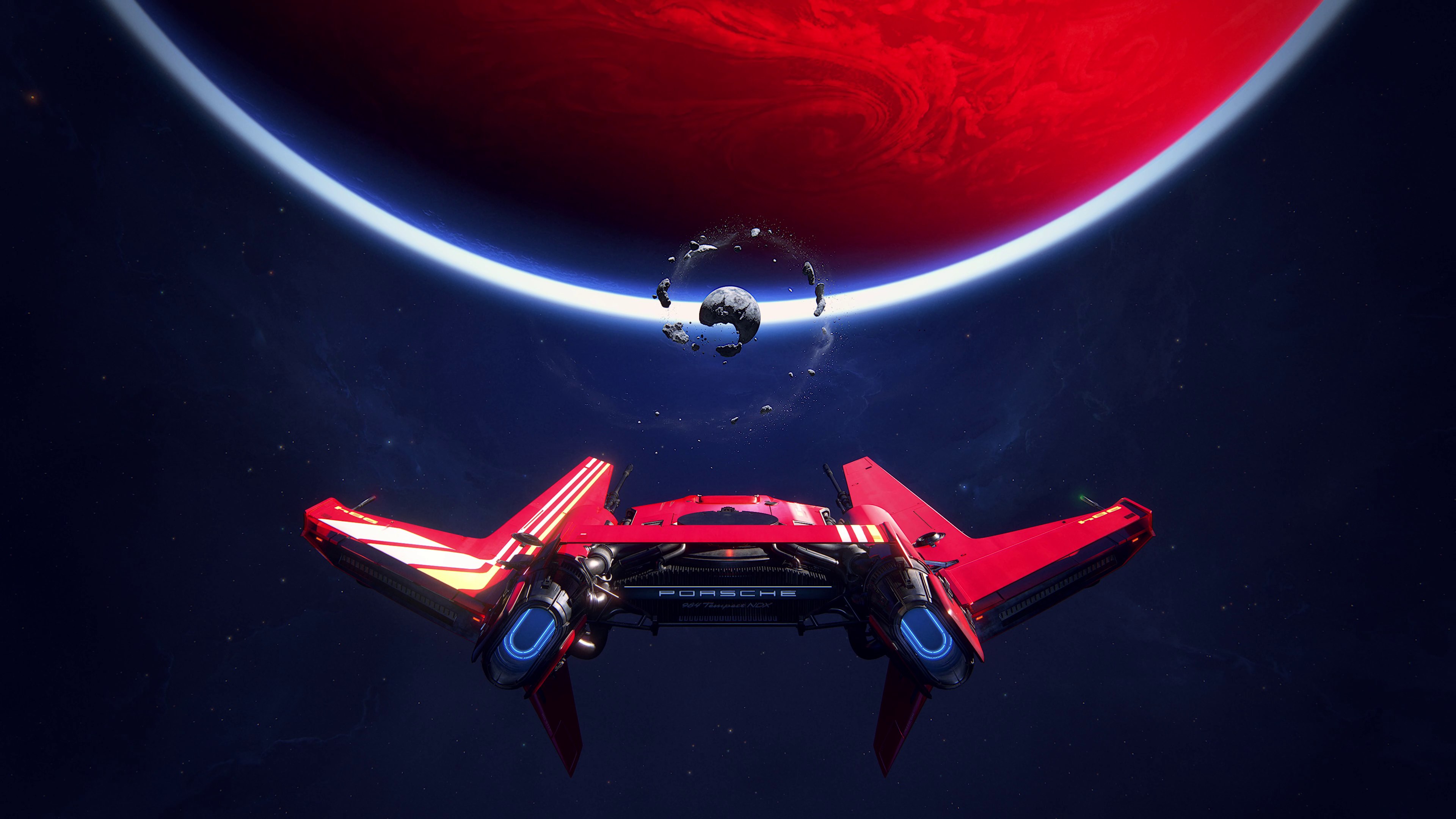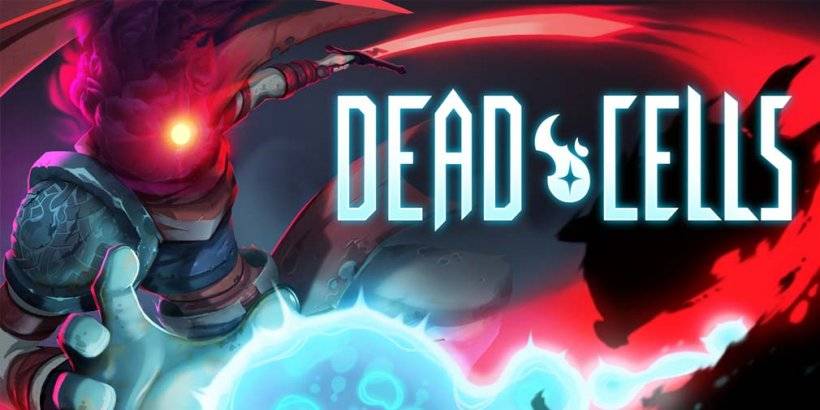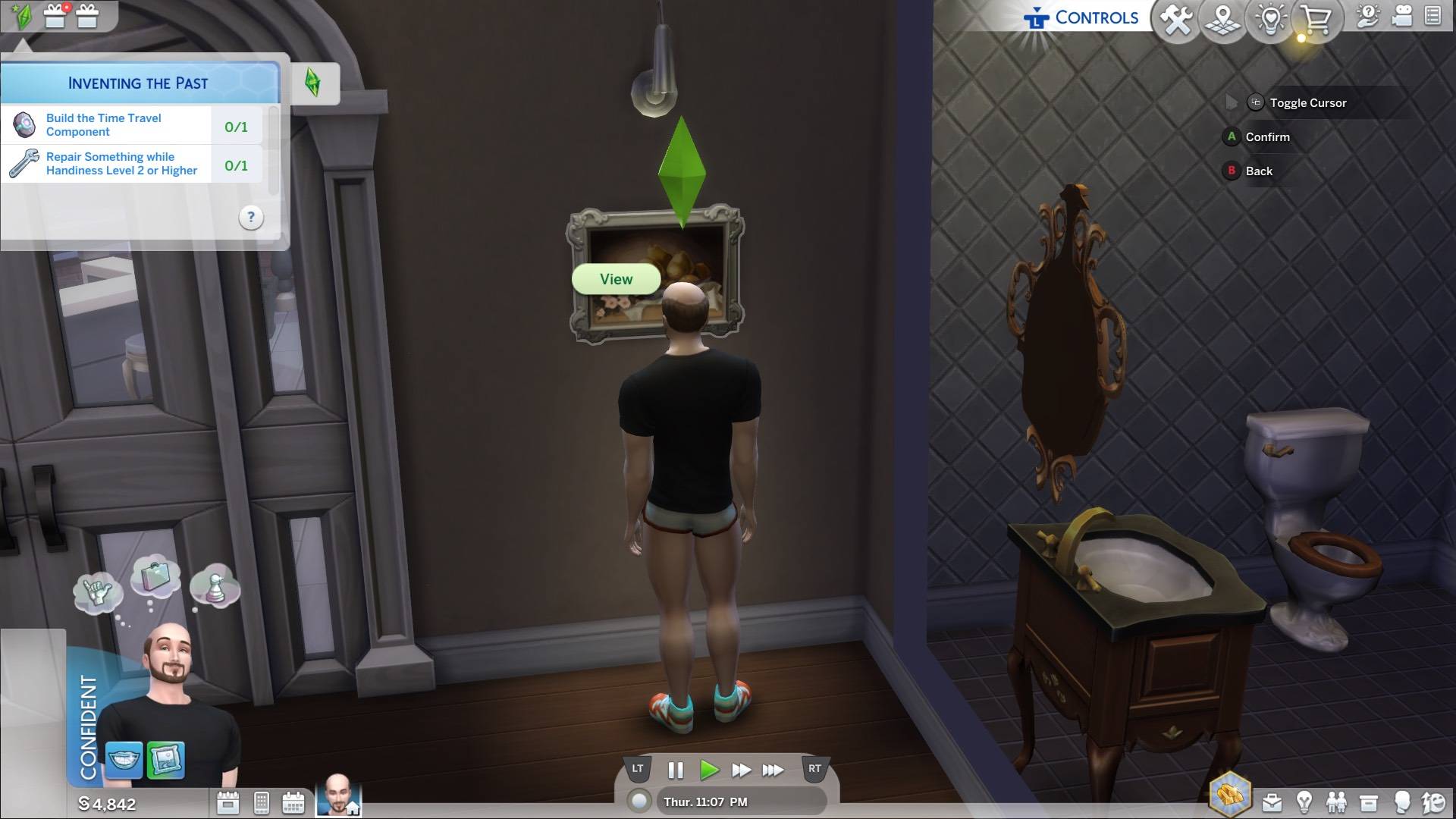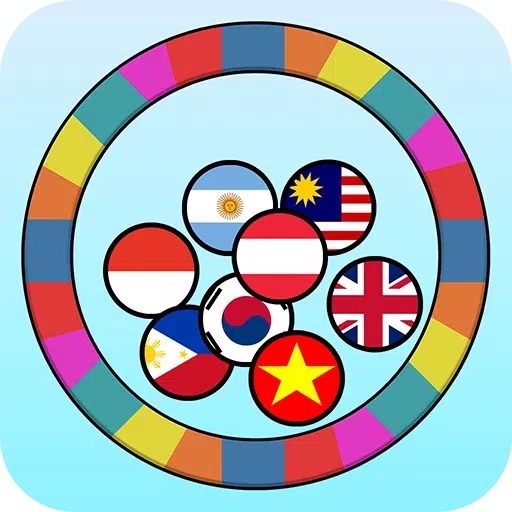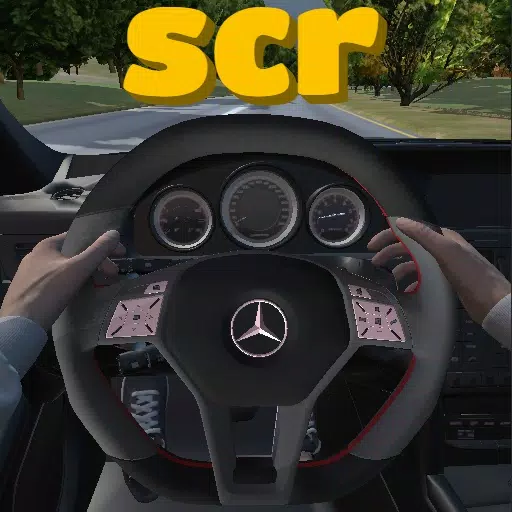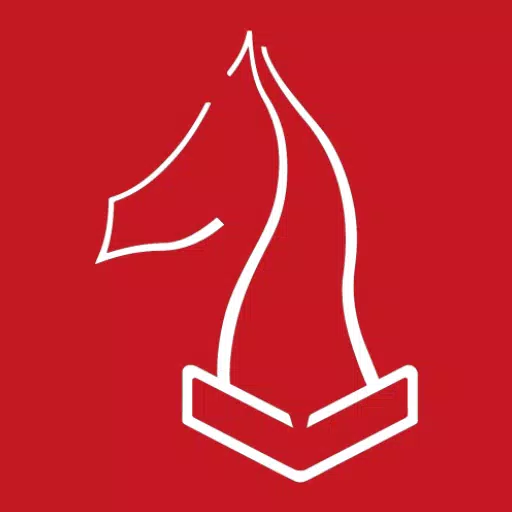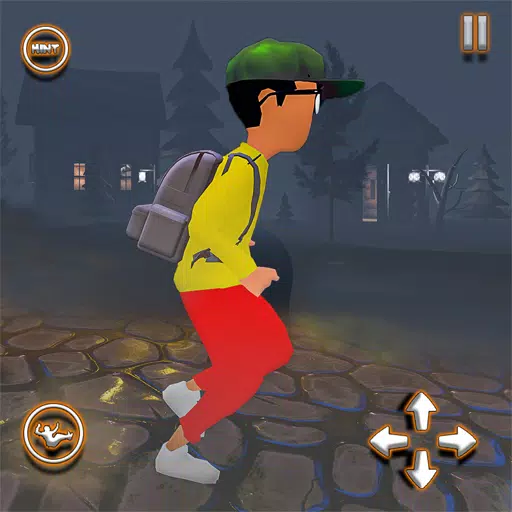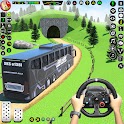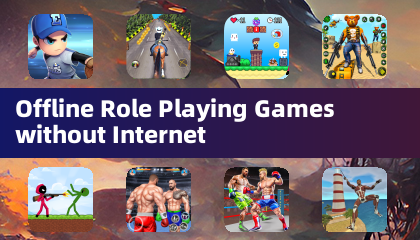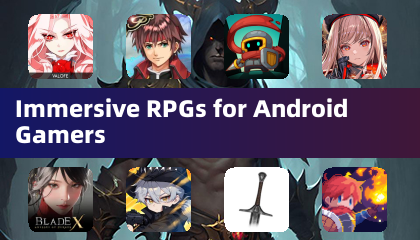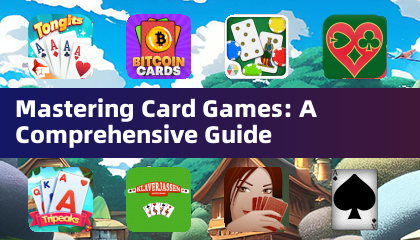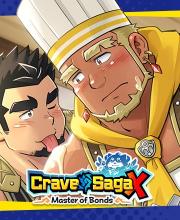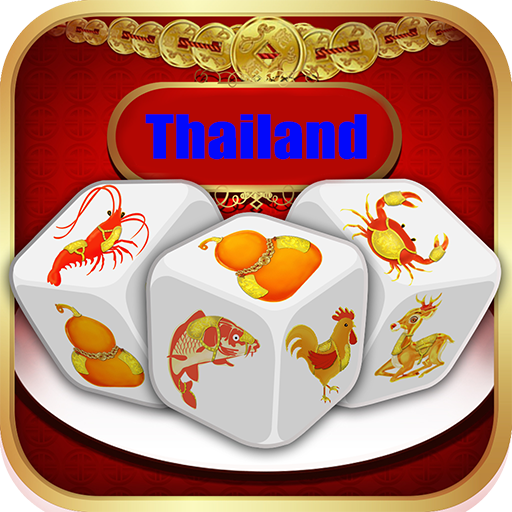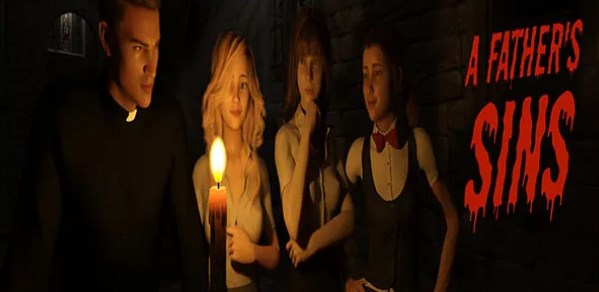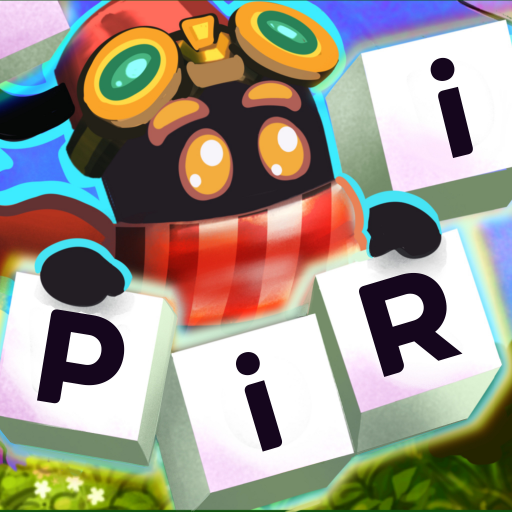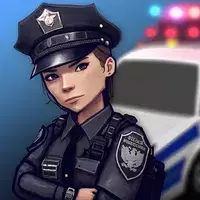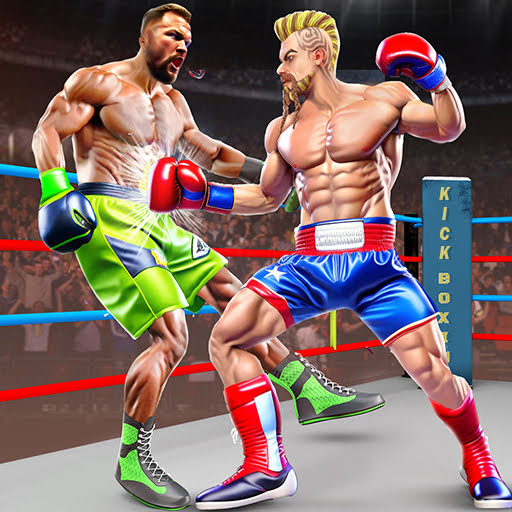Minecraft is a global phenomenon that has captured the hearts of gamers worldwide, yet its journey to the top was anything but straightforward. The story of Minecraft began in 2009 and evolved through various stages, captivating players of all ages. In this article, we'll explore how one individual's vision transformed into a cultural landmark that revolutionized the gaming industry forever.
Table of Contents
- Idea and First Implementation
- Active Audience Recruitment
- Official Game Release and Success on the International Stage
- Version Chronology
Idea and First Implementation
 Image: apkpure.cfd
Image: apkpure.cfd
The tale of Minecraft starts in Sweden, with Markus Persson, better known as Notch. In an interview, he credited games like Dwarf Fortress, Dungeon Keeper, and Infiniminer as his inspirations. His goal was to craft a game where players could freely build and explore vast worlds.
On May 17, 2009, Notch released the alpha version of Minecraft during a break from his job at King.com. This initial release was a simple pixelated sandbox, launched via the official game launcher. The ability to build and explore instantly drew attention from the gaming community, and players began to immerse themselves in Persson's creative universe.
Also read: [ttpp]Minecraft journey in invisible form: an overview of the invisibility elixir[ttpp]
Active Audience Recruitment
 Image: miastogier.pl
Image: miastogier.pl
Word of mouth and online player posts propelled Minecraft's popularity. By 2010, the game transitioned to beta testing, and Notch established Mojang to focus full-time on its development.
The game's unique concept and endless creative possibilities attracted players who built everything from personal homes to iconic landmarks and entire cities. This was a groundbreaking moment in gaming. A significant update introduced Redstone, enabling players to construct intricate mechanisms.
Official Game Release and Success on the International Stage
 Image: minecraft.net
Image: minecraft.net
Minecraft's official version 1.0 was released on November 18, 2011, by which time it had already garnered millions of users. The community became one of the most active and largest in the gaming world, with players crafting mods, maps, and educational projects.
In 2012, Mojang extended Minecraft to various platforms, including Xbox 360 and PlayStation 3, further expanding its reach. The game became a favorite among children and teenagers, fostering creativity and even educational endeavors. Its blend of entertainment and learning set it apart.
Version Chronology
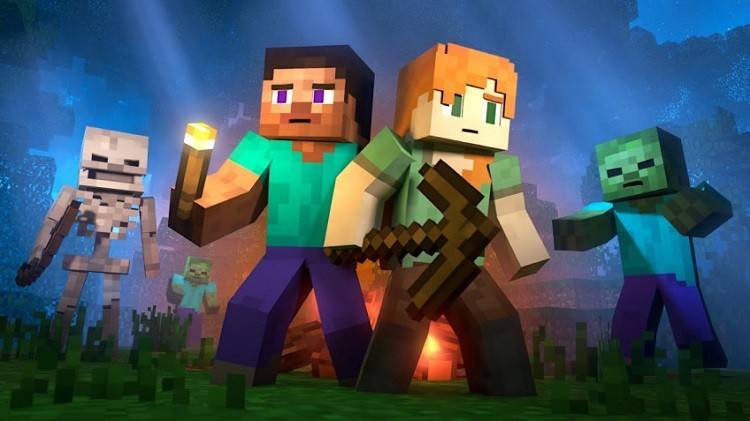 Image: aparat.com
Image: aparat.com
Below is a detailed list of key Minecraft versions post its official release:
| **Name** | **Description** |
| Minecraft Classic | The original free version of Minecraft. |
| Minecraft: Java Edition | Does not support cross-platform play. The Bedrock Edition is now integrated into the PC version. |
| Minecraft: Bedrock Edition | Supports cross-platform play with other Bedrock versions. The PC version includes Java. |
| Minecraft mobile | Supports cross-platform play with other Bedrock versions. |
| Minecraft for Chromebook | Available on Chromebooks. |
| Minecraft for Nintendo Switch | Comes with the Super Mario Mash-up kit as an exclusive feature. |
| Minecraft for PlayStation | Supports cross-platform play with other Bedrock versions. |
| Minecraft for Xbox One | Partially includes the Bedrock edition. No longer receives updates. |
| Minecraft for Xbox 360 | Support ended after the Aquatic Update. |
| Minecraft for PS4 | Partially includes the Bedrock edition. No longer receives updates. |
| Minecraft for PS3 | Support ended. |
| Minecraft for PlayStation Vita | Support ended. |
| Minecraft for Wii U | Includes off-screen play option. |
| Minecraft: New Nintendo 3DS Edition | Support ended. |
| Minecraft for China | Exclusive to China. |
| Minecraft Education | Designed for educational purposes, used in schools, camps, and educational clubs. |
| Minecraft: PI Edition | Designed for education, runs on the Raspberry PI platform. |
The saga of Minecraft is more than just a game; it's an ecosystem encompassing gaming communities, YouTube channels, merchandise, and competitive events where players race to build structures. Continual updates introduce new biomes, characters, and features, ensuring the game remains fresh and engaging.


